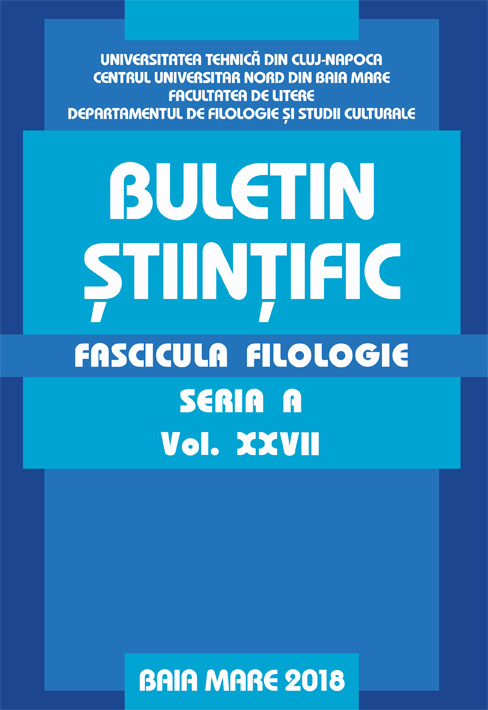Le texte, témoin d’une langue, en constant contact avec la societe et la culture environnantes
The text, as a witness of language, in constant connection with the surrounding society and culture
Author(s): Estelle VariotSubject(s): Language acquisition
Published by: Editura U. T. Press
Keywords: language; text; grammar; didactics; semantics; culture;
Summary/Abstract: The text refers, essentially, to the composition of terms with different etymologies and specific uses which, constructed in accordance with some working rules inherent in languages, permit to lead to a whole and to illustrate an author’s thought. The language development and its gradual fragmentation in idioms which have spread on various continents and have come into contact with others, that have different substrata or that have moved away after centuries of conquests or of foreign dominations, have accompanied the human gradual evolution. This phenomenon continued till the XXIst century, at a time which has largely been influenced, sometimes excessively, by some dominating languages. The progress, technical adaptation and innovations as well as fashions have generated exchanges that have had repercussions on our linguistic acts and have summon up all our language wealth. This has sometimes required the reevaluation of some rules, with regard to the general use that has changed, in order to state new tendencies that are henceforward accepted by the whole society. This is the reason why all parts of speech have been affected, irregularly during centuries, by tendencies and influences urged or not by state development, academies and most influent cultural personalities. The examples that we have chosen and the extracts in French and in Romanian languages will aim to help and raise questions about the link that exists between a text, parts of speech within it and the surrounding context, throughout a proper use of its resources. Despite this, the purpose is also to keep in mind that the evolution and preservation linguistic rules have to foresee the necessary tools for their specificity, their harmony and their respectful welcome to new ideas and concepts that are absolutely connected with use and memory of origins. Diachronic and synchronic prospects will be followed in order to foresee the main evolutions in French and Romanian languages that have convergences and differences. Practical applications of these characteristics of our idioms will be obvious theoretically, in learning or teaching and at the time when we translate or interpret.
Journal: Buletin Stiintific, seria A, Fascicula Filologie
- Issue Year: XXVII/2018
- Issue No: 1
- Page Range: 201-229
- Page Count: 29
- Language: French

